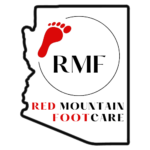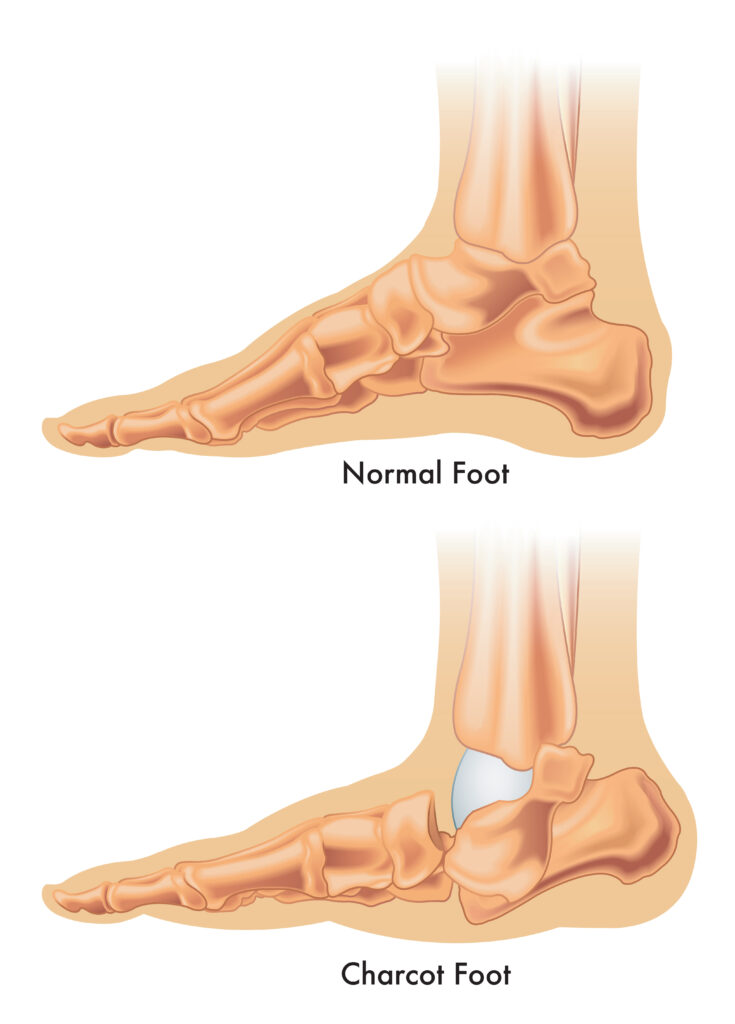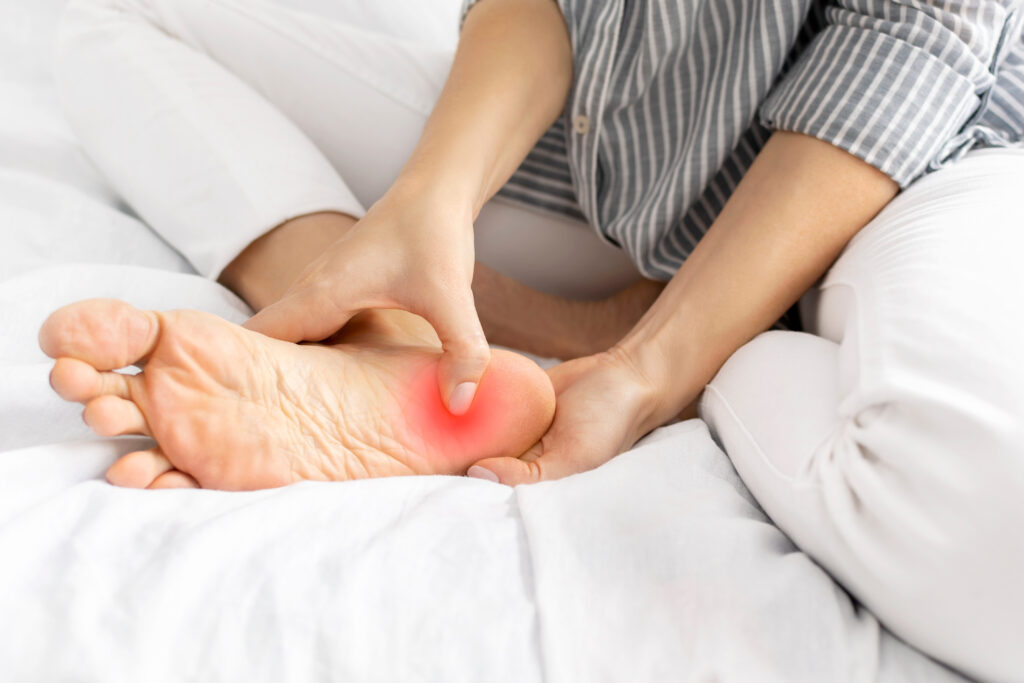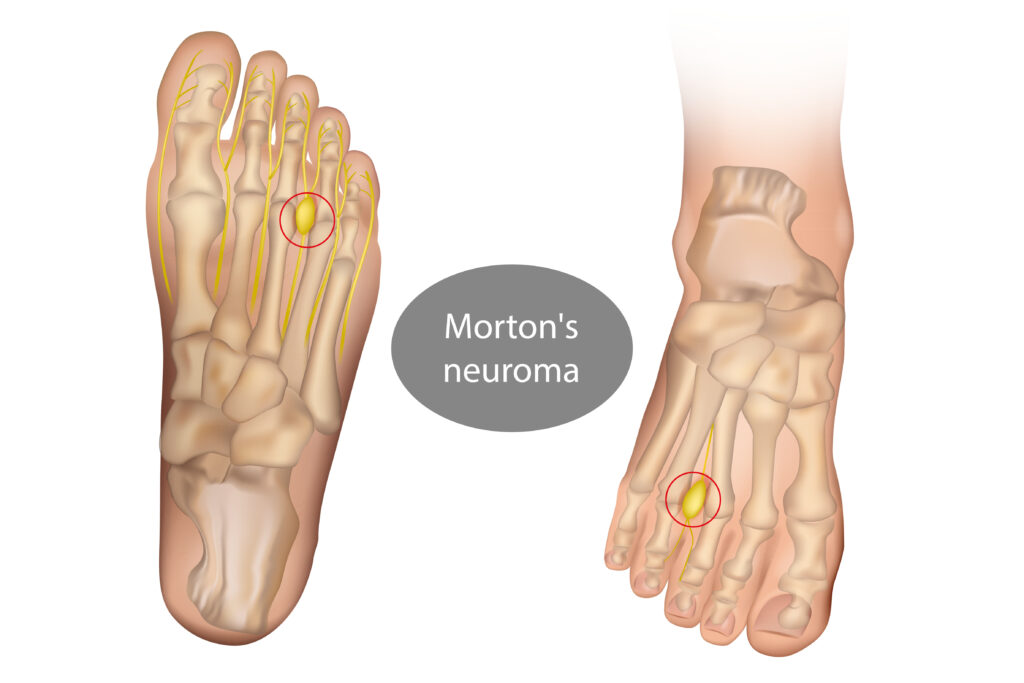Posts by Red Mountain Foot Care
Side of My Toenail Hurts But Is Not Ingrown: Here’s What You Need to Know
Many people assume that pain near the side of a toenail must mean it’s ingrown, but this isn’t always the case. At Red Mountain Footcare, we regularly see patients with similar symptoms caused by a range of issues unrelated to ingrown toenails. Let’s break down the real reasons behind toenail pain and what you can…
Read MoreCharcot Foot: Causes, Symptoms & Treatment Options
Charcot Foot is a serious and often overlooked condition that can lead to severe deformities, chronic wounds, and even amputation if left untreated. It primarily affects individuals with diabetes and neuropathy, making early detection and proper management crucial for preserving foot health. Understanding the causes, symptoms, and treatment options can help at-risk individuals take proactive…
Read MoreTips for Managing Your Plantar Fasciitis
Plantar fasciitis is one of the most common causes of heel pain, especially among older adults. The condition occurs when the plantar fascia, a thick band of tissue along the bottom of the foot, becomes inflamed due to stress and overuse. For seniors, natural changes in foot structure—such as reduced cushioning, weaker arches, and decreased…
Read MoreDifferent Types of Foot Fungus Infections
Foot fungus infections are more common than you might think, affecting millions of people every year. From the itchy discomfort of athlete’s foot to the stubborn discoloration of toenail fungus, these infections can range from mild irritations to serious concerns. Understanding the types of foot fungus, their causes, symptoms, and treatment options can help you…
Read MoreDifference Between Corns and Calluses
What is a Foot Corn? A foot corn is a small, circular area of thickened skin that develops as a result of excessive pressure or friction. Typically found on the tops or sides of toes and sometimes on the soles, corns are characterized by a hard center surrounded by inflamed skin. Unlike calluses, which are…
Read MoreHow to Relieve Pressure Blisters on Feet
Blisters on the feet can be a painful and frustrating problem for anyone, especially for those who are active or on their feet all day. Understanding the causes, preventive strategies, and the best ways to care for foot blisters at home is essential to maintaining healthy and comfortable feet. Below, we explore how to relieve…
Read MoreUnderstanding and Preventing Morton’s Neuroma
Morton’s neuroma is a common medical condition that affects anywhere from 30% to 54% of the population. Fortunately, many patients are asymptomatic and can go about their daily lives without problems or discomfort. On the other hand, people who can feel the symptoms of this condition may need treatment and/or medication in order to relieve…
Read MoreTips For Strengthening Foot Arches
Strong foot arches are essential for maintaining balance, absorbing impact, and preventing foot pain. Whether you’re dealing with flat feet or simply want to improve foot health, strengthening your arches can make a significant difference in how you move and feel. In this guide, we’ll explore practical tips and exercises to help you build stronger…
Read MoreFoot Arch Pain Symptoms, Causes & Treatments
Foot pain is a common issue that affects people of all ages. It can range from a mild annoyance to a severe problem that hinders daily activities. Among the various types of foot pain, foot arch pain is particularly prevalent. Understanding its symptoms, causes, and treatments is essential for maintaining optimal foot health. Introduction Foot…
Read MoreUnderstanding Athlete’s Foot
Athlete’s foot, also known as tinea pedis, is a common and contagious fungal infection that affects the skin on the feet. It typically causes an itchy, scaly rash and can spread to other parts of the foot, including the soles and toenails. The condition thrives in warm, moist environments, making it more prevalent among people…
Read More






